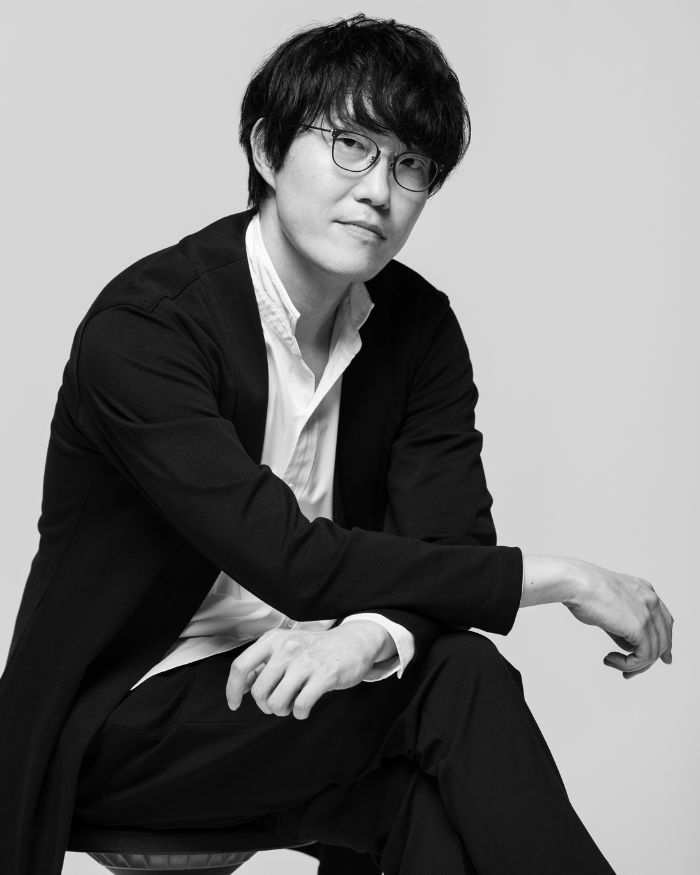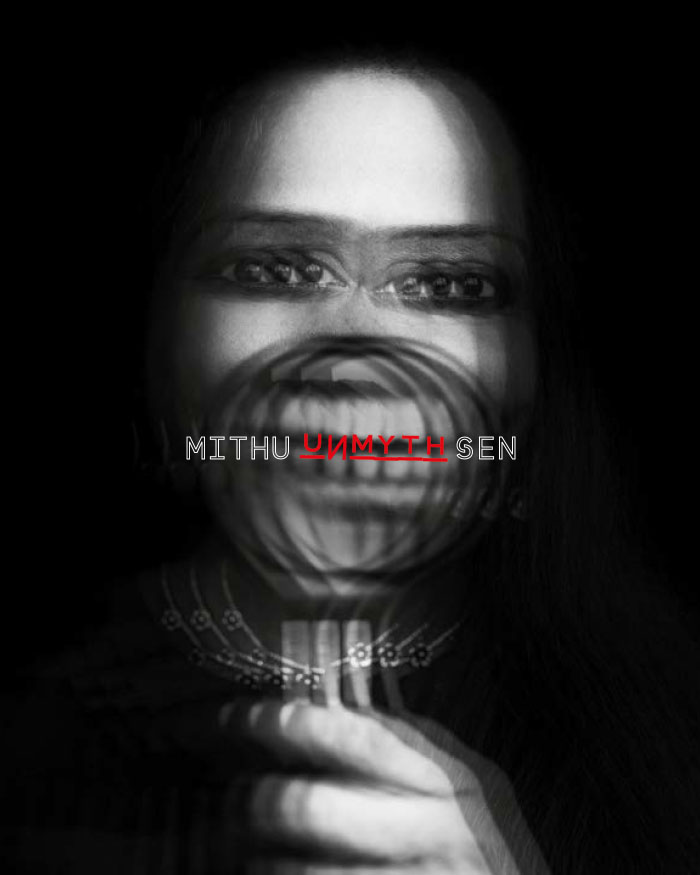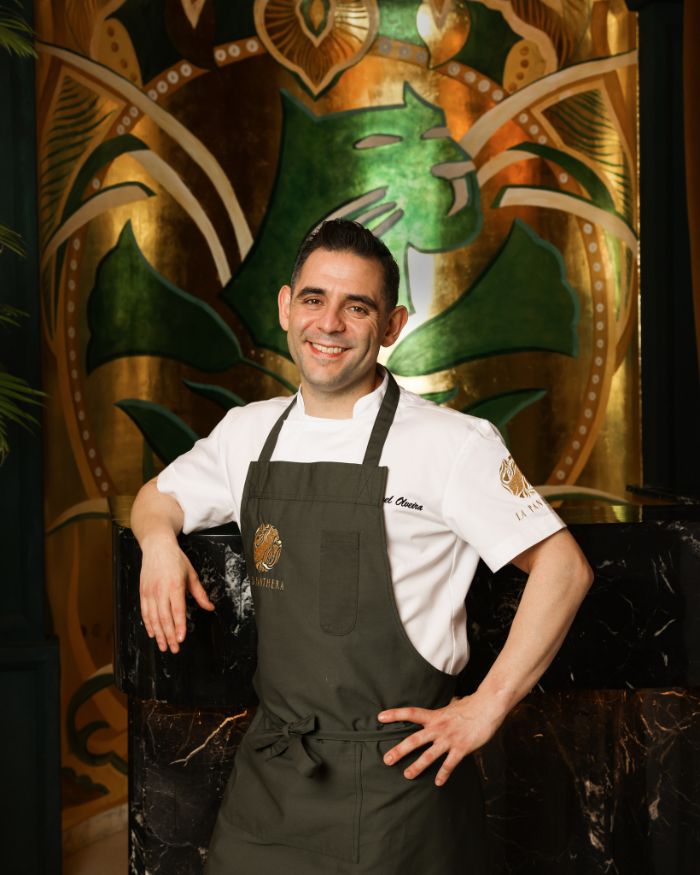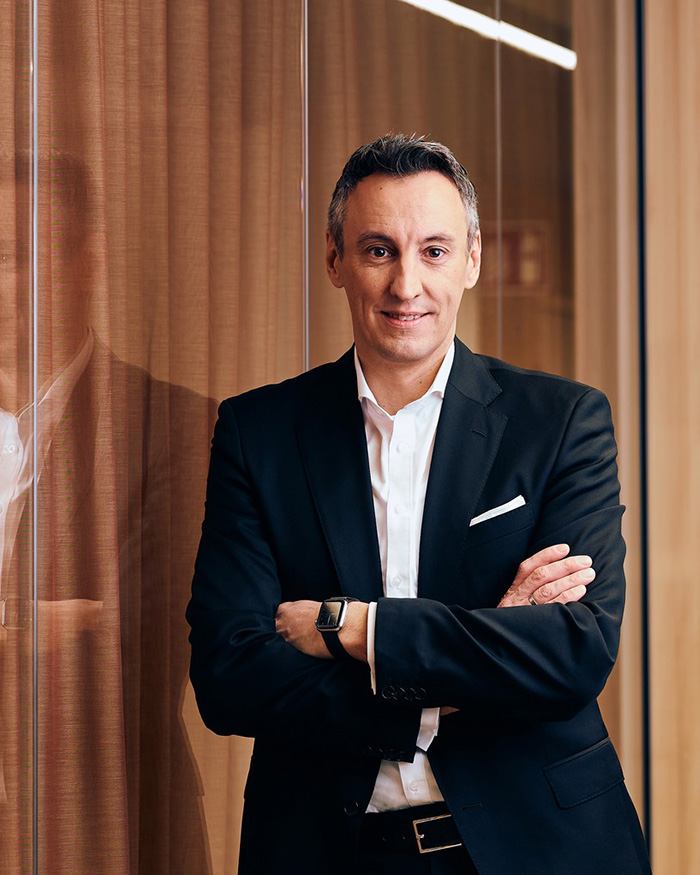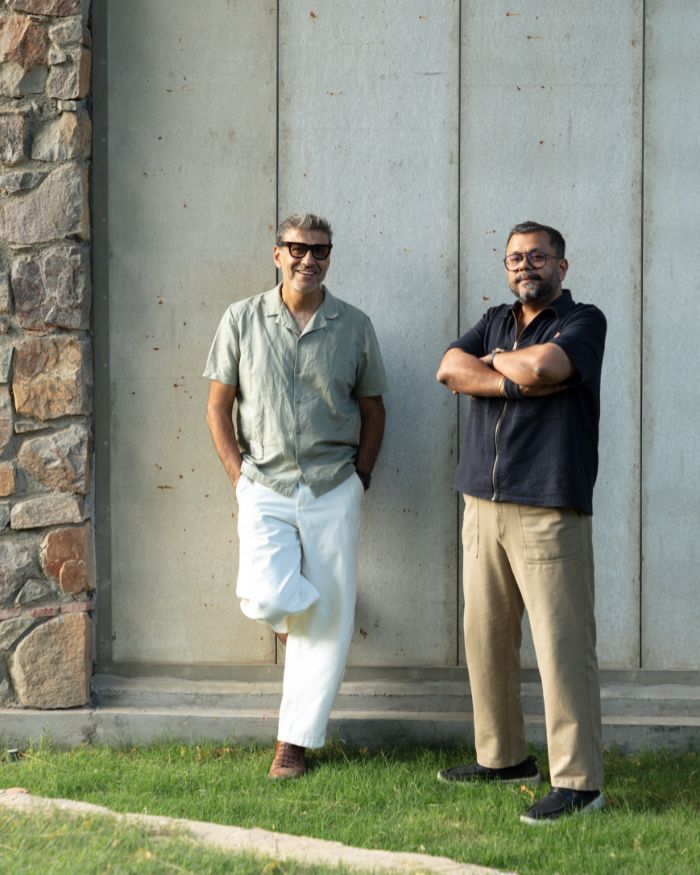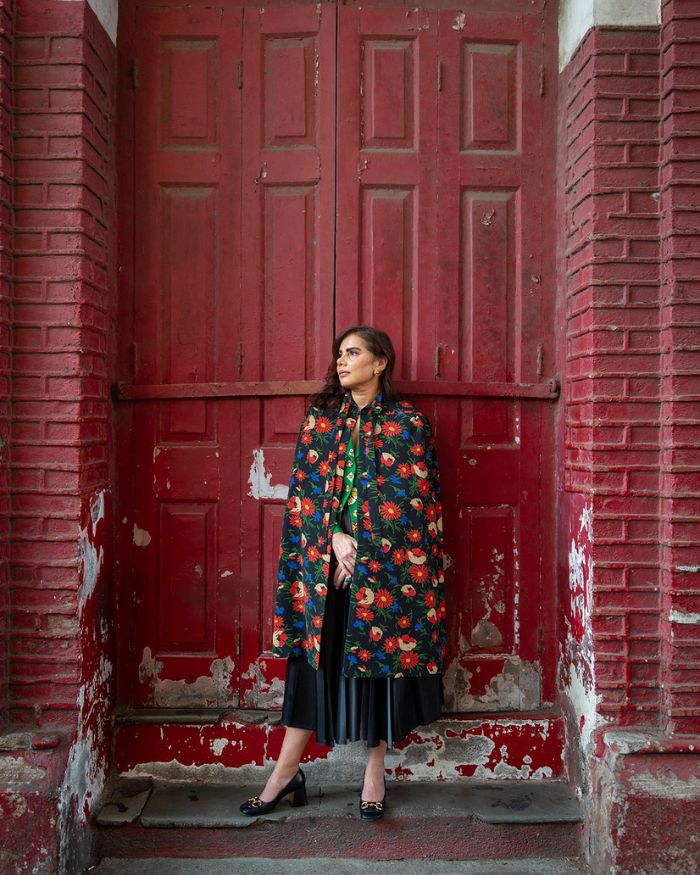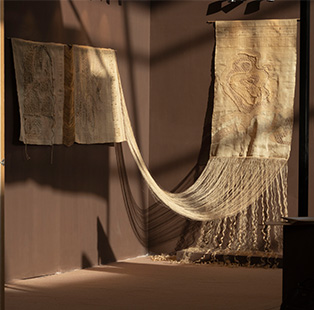It’s not often that you come across designers from the same generation who begin to formulate your design thinking and never cease to inspire. Following the works of Andrea Trimarchi and Simone Farresin of Formafantasma since their graduation in 2009 has not only made me more interested in the world of furniture and product design but also taught me to celebrate craftsmanship traditional know-how and bridge the gap between craft industry, culture and user. The stellar duo and newly awarded EDIDA Designers of the Year 2018, talk about their fascination for traditional crafts, local production techniques, and the steady shift towards embracing rural culture in design.Given that you are from Italy, Milan might have been an obvious choice to set base. What made you decide to live in Amsterdam?The geography of different cultures is undergoing a rapid change and we are thoroughly enjoying it. Although we live in the Netherlands and have a global network, our design references are mostly inspired by Italian culture. However, we are not defined by an Italian design context or by a Dutch one for that matter. Studying at the Design Academy Eindhoven in the Netherlands has sharpened our critical and conceptual attitude. It has also led us to rediscover a propensity typical of Italian design, a critical one that has recently been overlooked in Italian design education. This is probably the reason why we decided to stay here.Your work has always had a deep connection with craft. What draws you towards it? Describe its significance in your design process.



